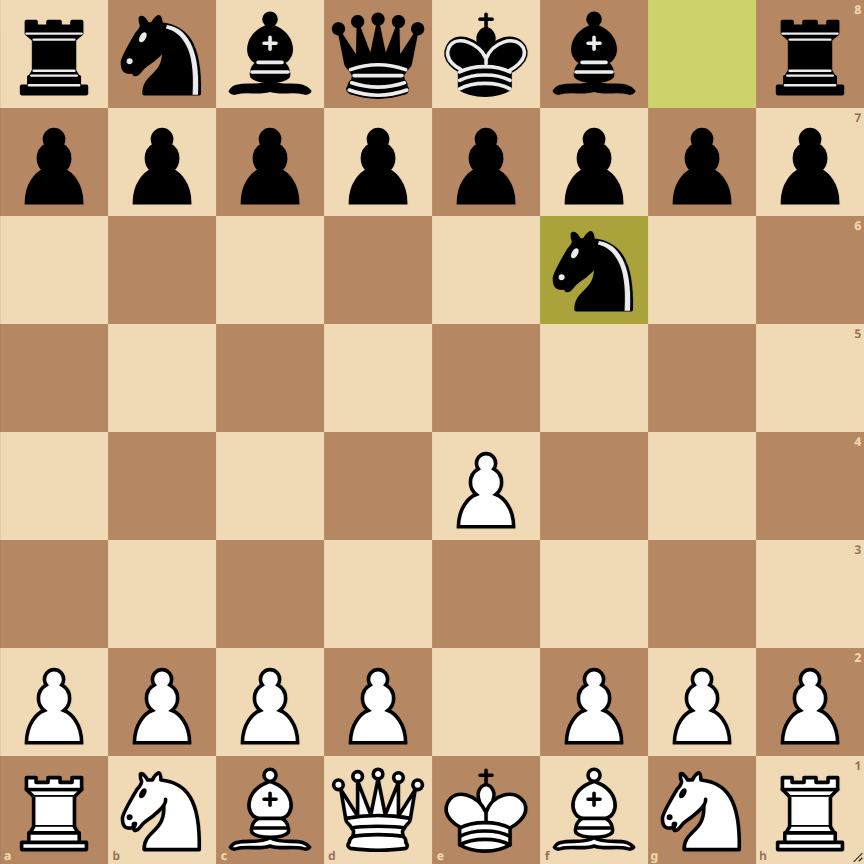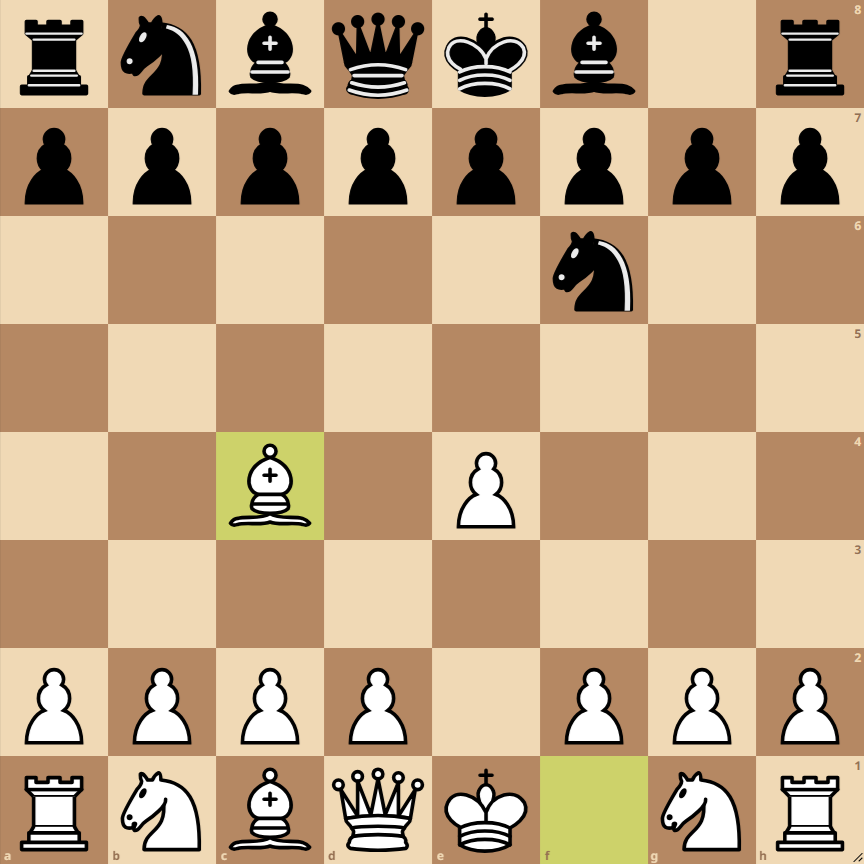How to Play the Alekhine Defense Krejcik Variation

The Alekhine Defense Krejcik Variation is a chess opening that begins with the following moves:
- 1. e4: White advances their king’s pawn two squares. This is a classic move that controls the center and frees up the bishop and queen.
- 1… Nf6: Black responds by developing their knight to f6, attacking White’s king’s pawn and preparing to control the center themselves.
- 2. Nc3: White develops their knight to c3, threatening the black king’s side and preparing for possible castling. This move also supports the e4 pawn.
Variations of the Alekhine Defense Krejcik Variation
2… d5
Black plays d5, directly challenging the center and opening lines for the development of their pieces, especially the light-squared bishop.
2… e6
Black opts for a more conservative approach with e6, preparing to develop the dark-squared bishop and maintaining a solid pawn structure.
2… c6
With c6, Black seeks to reinforce the center and prepare expansion with d5 while maintaining a flexible pawn structure.

